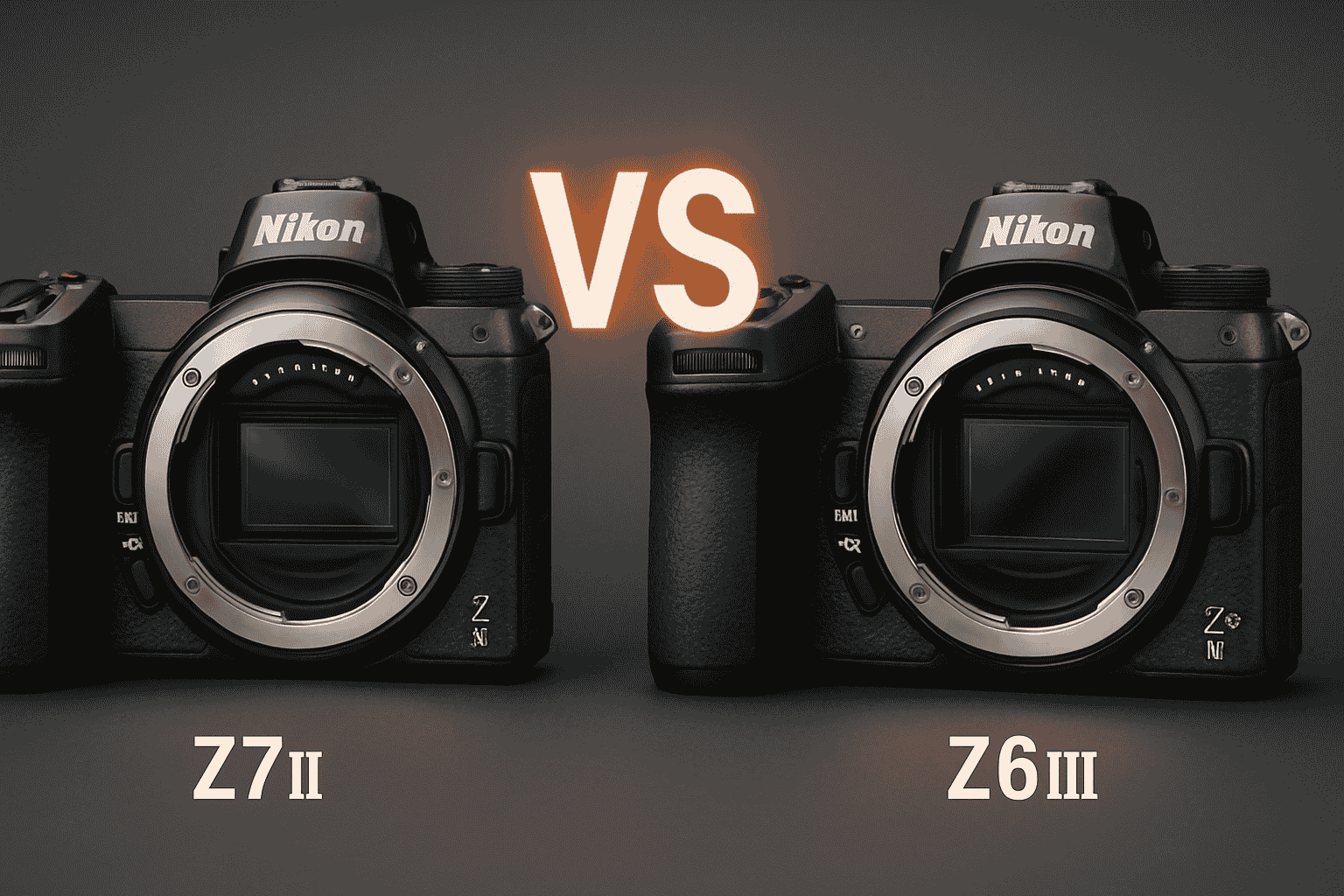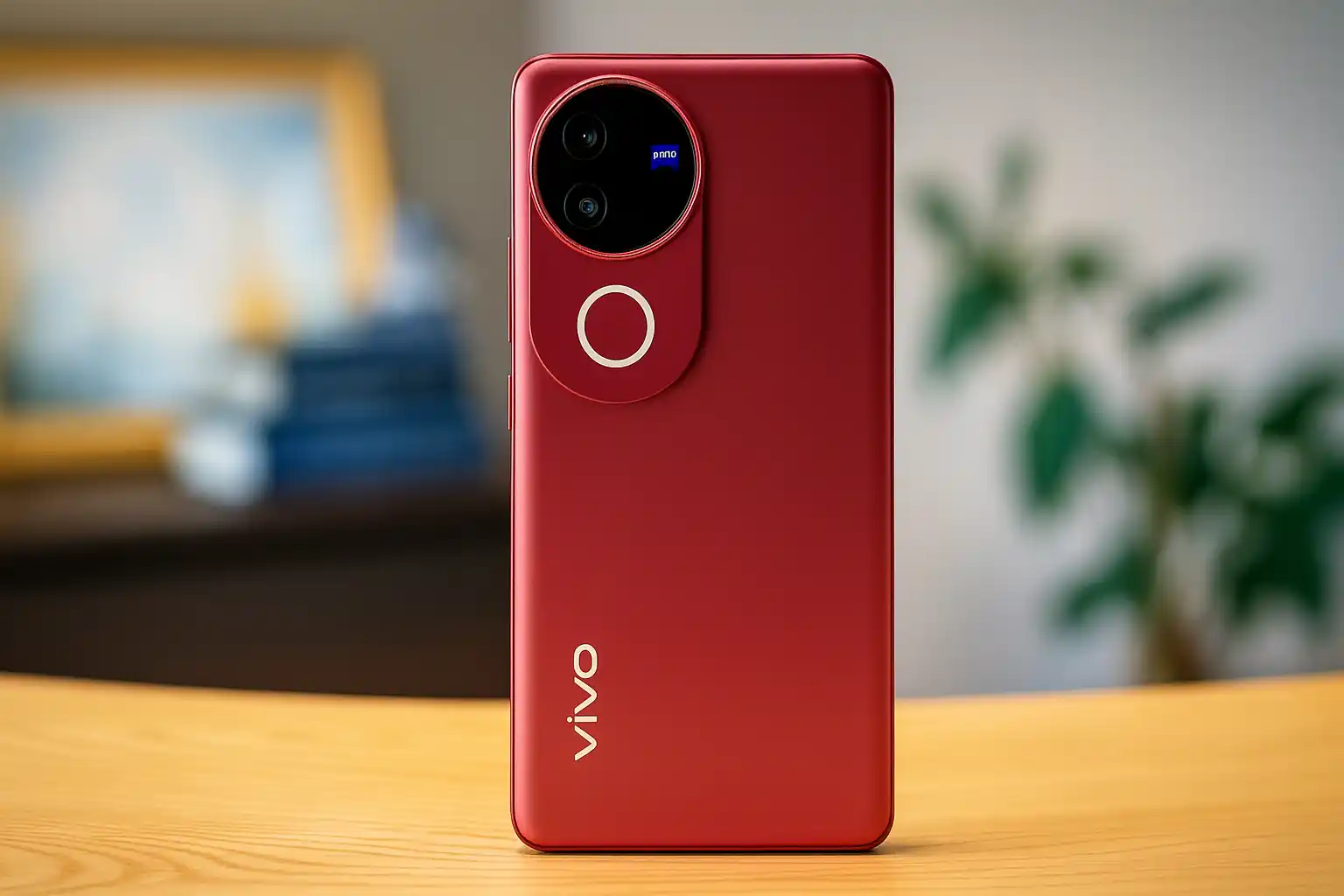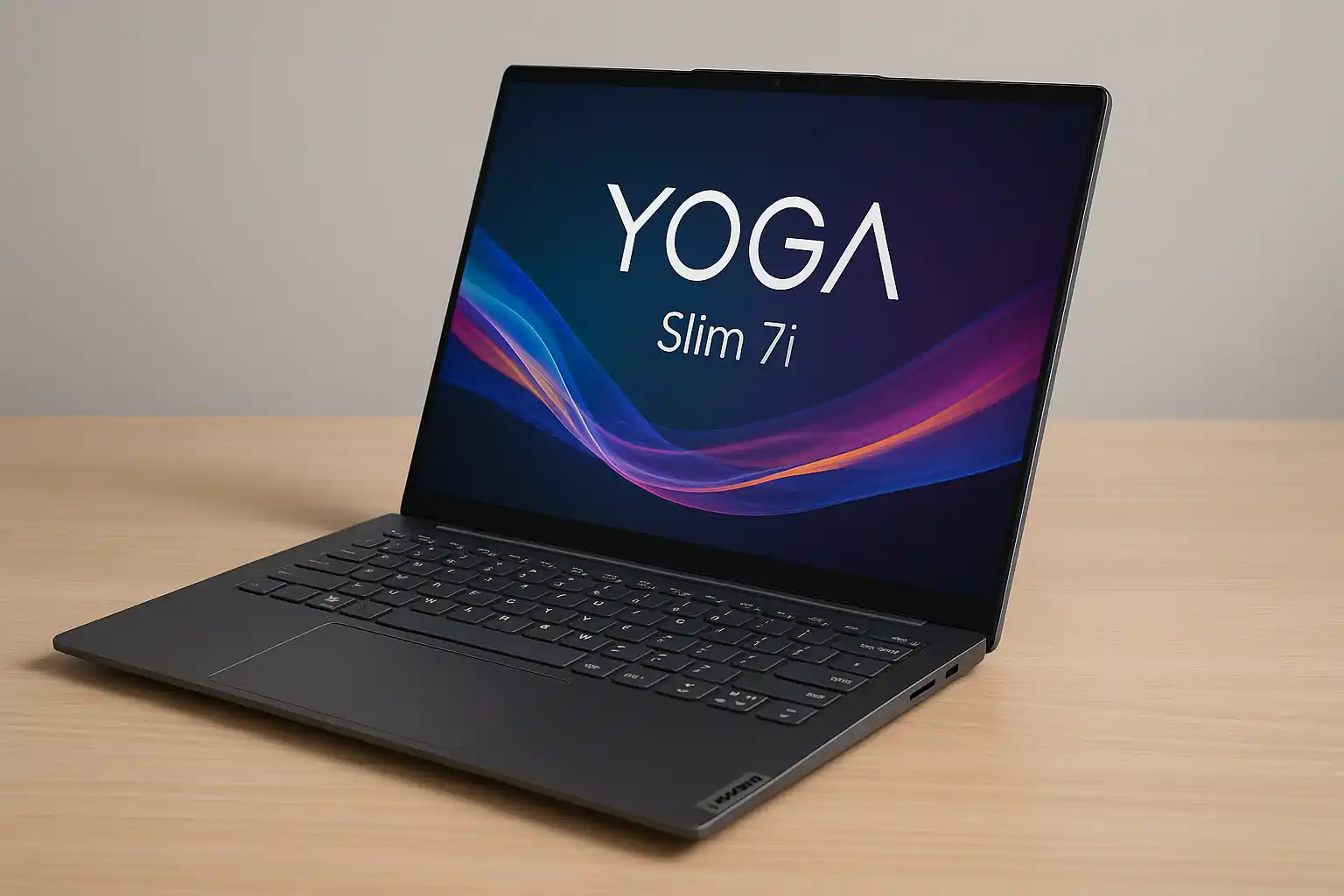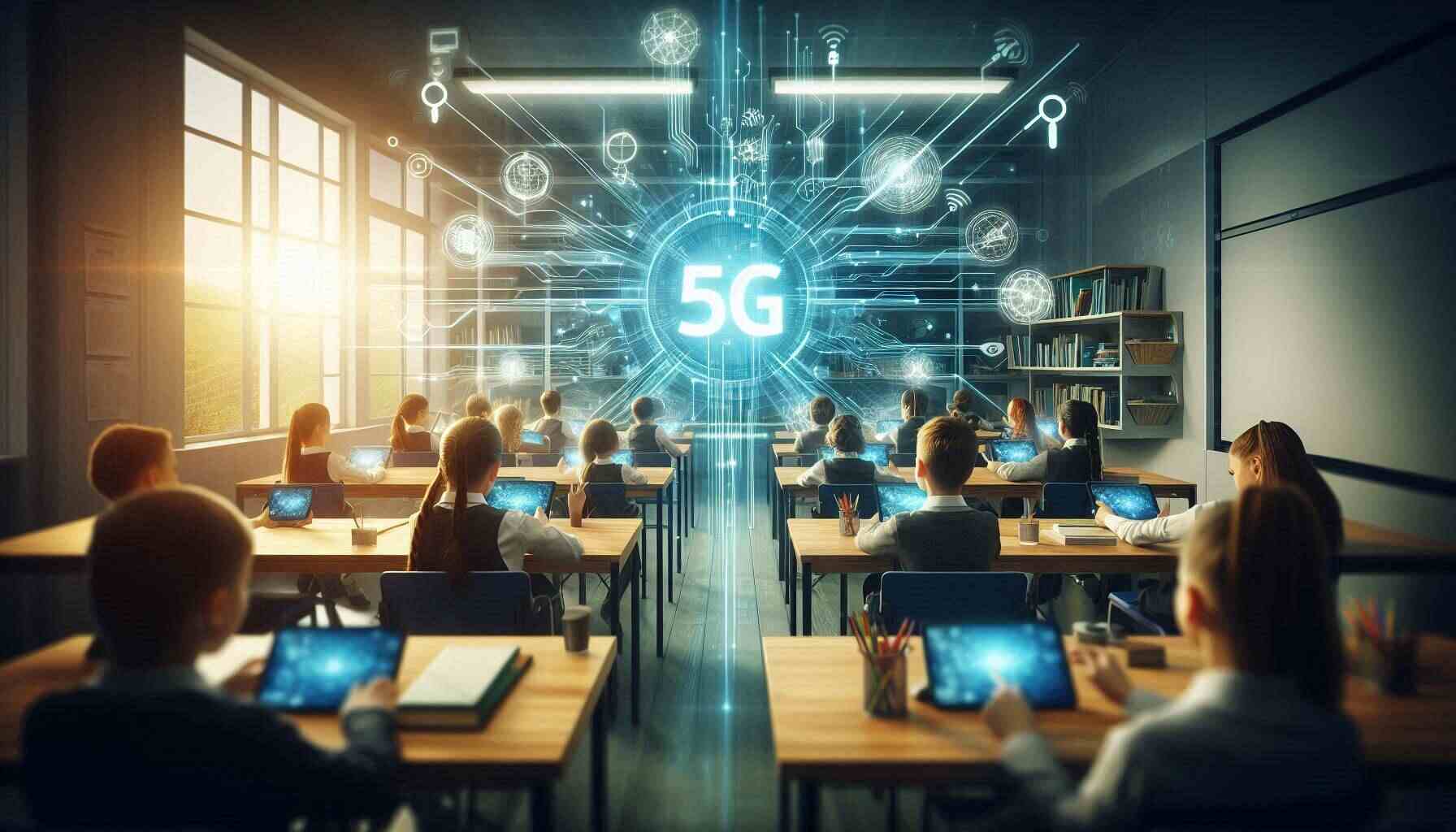
In today’s rapidly evolving digital landscape, 5G technology has emerged as a transformative force across various sectors, particularly in education. With its promise of unprecedented speed, low latency, and enhanced connectivity, 5G technology in education is set to revolutionize how students learn and educators teach. This blog post aims to explore the profound impact of 5G technology in education and evaluate whether it is truly worth the investment. TechRipple will delve into its key features, the enhancements it brings to learning environments, and the potential challenges and benefits associated with its implementation.
Understanding 5G Technology
What is 5G Technology?
5G technology represents the fifth generation of wireless communication technology, succeeding 4G LTE. It is designed to provide faster data speeds, reduced latency, and greater connectivity than previous generations. Key features of 5G technology in education include:
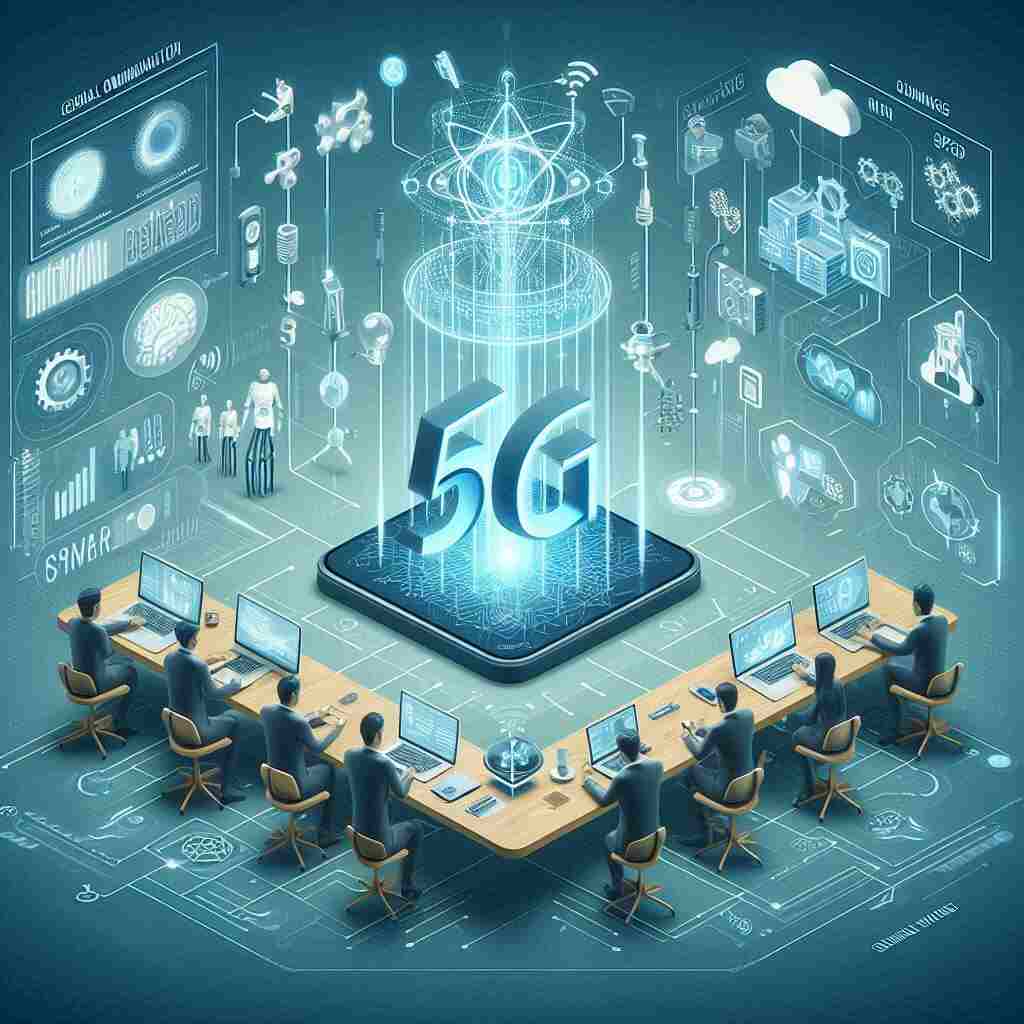
- Speed: 5G networks can deliver data rates up to 100 times faster than 4G, allowing for seamless streaming and downloading of large files. This speed enables real-time access to educational resources and multimedia content that can enhance learning experiences.
- Low Latency: With latency rates as low as one millisecond, 5G technology in education enables real-time interactions crucial for applications like virtual reality (VR) and augmented reality (AR). This means that students can participate in interactive lessons without delays, making learning more engaging.
- Connectivity: 5G can support up to a million devices per square kilometer, facilitating the Internet of Things (IoT) and connected devices in educational settings. This capability allows classrooms to integrate various smart devices that can enhance teaching methodologies.
How 5G Differs from Previous Generations
The transition from 3G to 4G brought significant improvements in speed and reliability. However, 5G technology in education takes these advancements further by providing:
- Higher Data Transfer Rates: While 4G networks can reach speeds of around 100 Mbps, 5G technology can achieve speeds exceeding 10 Gbps. This increase allows for high-definition video streaming and large file downloads without buffering.
- Enhanced Capacity: The ability to connect more devices simultaneously without degradation in performance allows for a more integrated educational environment. In a classroom setting where multiple students are using devices for research or collaboration, this feature becomes invaluable.
- Improved Reliability: With lower latency and higher speeds, the reliability of online learning tools is greatly enhanced. Students can rely on stable connections during crucial learning moments.
These advancements make 5G technology in education not just an upgrade but a necessity for modern learning environments.
Impact of 5G Technology on Education
Enhanced Learning Experiences
One of the most exciting aspects of 5G technology in education is its ability to facilitate immersive learning experiences through VR and AR technologies.
Immersive Learning with VR/AR
With 5G, students can engage with interactive simulations that bring theoretical concepts to life. For instance:
- A biology class could utilize VR to allow students to explore human anatomy in a virtual operating room. This hands-on experience enhances comprehension and retention, making learning more engaging.
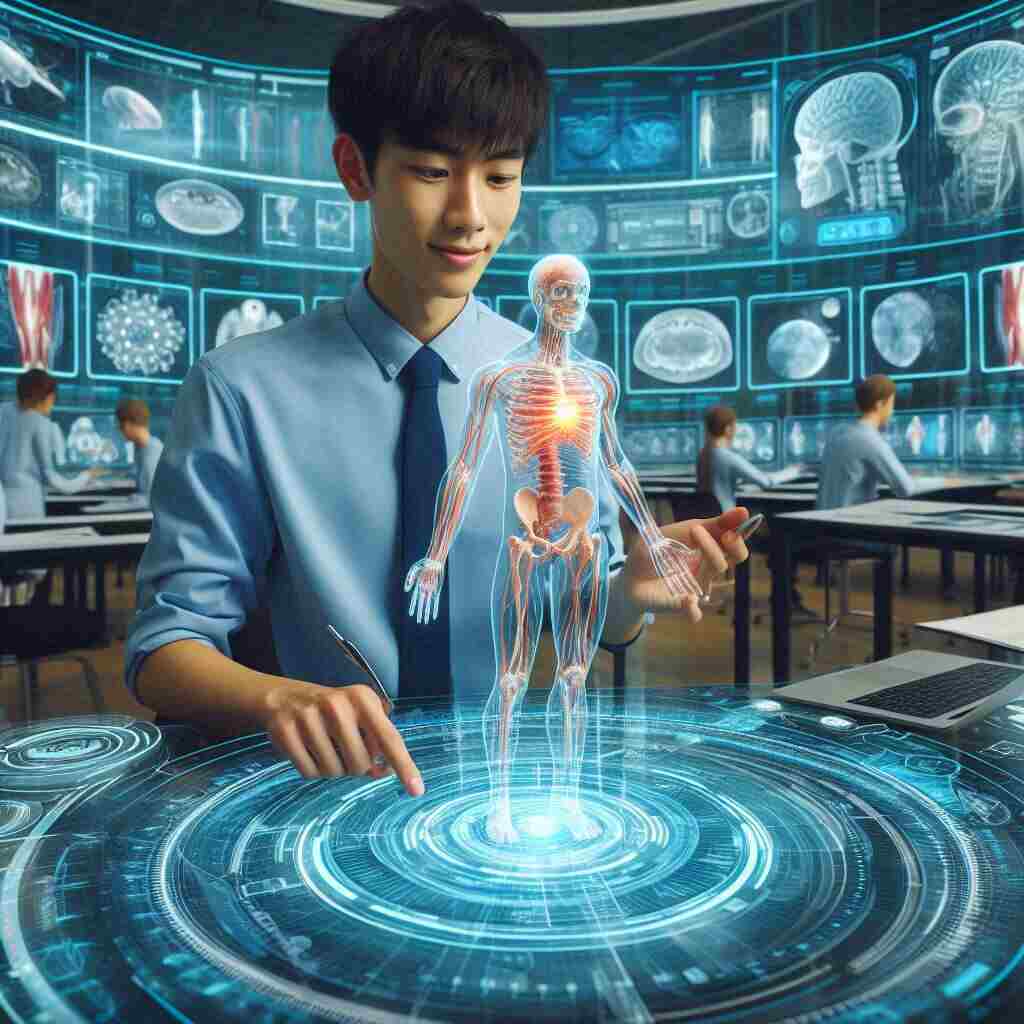
- History lessons could transport students back in time to experience historical events as if they were there. Such immersive experiences foster a deeper understanding of complex subjects.
In addition, the capability of 5G to support high-quality graphics and video rendering means that these immersive experiences can be more realistic and engaging, capturing students’ attention and enhancing their learning.
Real-Time Interaction
The low latency of 5G technology allows for real-time interactions during these immersive experiences. Students can ask questions and receive immediate feedback from educators or virtual assistants, creating a dynamic learning environment that encourages curiosity and exploration.
Instant Feedback Mechanisms
Imagine a scenario where students are working on a VR simulation of a chemistry experiment. With 5G technology in education, they can conduct experiments and receive instant feedback on their actions. If a student makes a mistake in the simulation, the system can immediately provide corrective guidance, allowing for a hands-on learning experience that adapts to each student’s pace and understanding.
Remote Learning and Collaboration
The COVID-19 pandemic accelerated the adoption of remote learning technologies. With 5G technology in education, the quality and effectiveness of remote learning are significantly enhanced.
Seamless Connectivity
High-speed internet access ensures that students can participate in live classes without interruptions or buffering issues. This is particularly beneficial for students in remote areas who may have previously struggled with connectivity. For example:
- A student participating in a live-streamed lecture can interact with peers and instructors without lag, making discussions more fluid and engaging.

Additionally, the high capacity of 5G networks means that schools can implement more sophisticated online platforms that can handle numerous simultaneous users without compromising performance.
Collaborative Learning
Enhanced connectivity allows students to collaborate on projects in real-time, regardless of their physical location. Tools like video conferencing become more reliable, enabling dynamic group work that fosters creativity and teamwork. For instance:
- Students working on a group project can share their screens, edit documents simultaneously, and communicate via video chat without interruptions—creating an environment conducive to effective collaboration.
Moreover, as students collaborate on assignments, they can utilize cloud-based resources and databases more effectively, enriching their projects with diverse materials and viewpoints.
Smart Classrooms
The integration of 5G technology in education paves the way for smart classrooms equipped with connected devices that improve engagement and interactivity.
Connected Devices
Smartboards, tablets, and other IoT devices can be seamlessly integrated into the classroom environment. Teachers can use these tools to create interactive lessons that capture students’ attention. For example:
- A teacher might use an interactive smartboard to display complex data sets during a math lesson while allowing students to manipulate the data themselves—making abstract concepts more tangible.
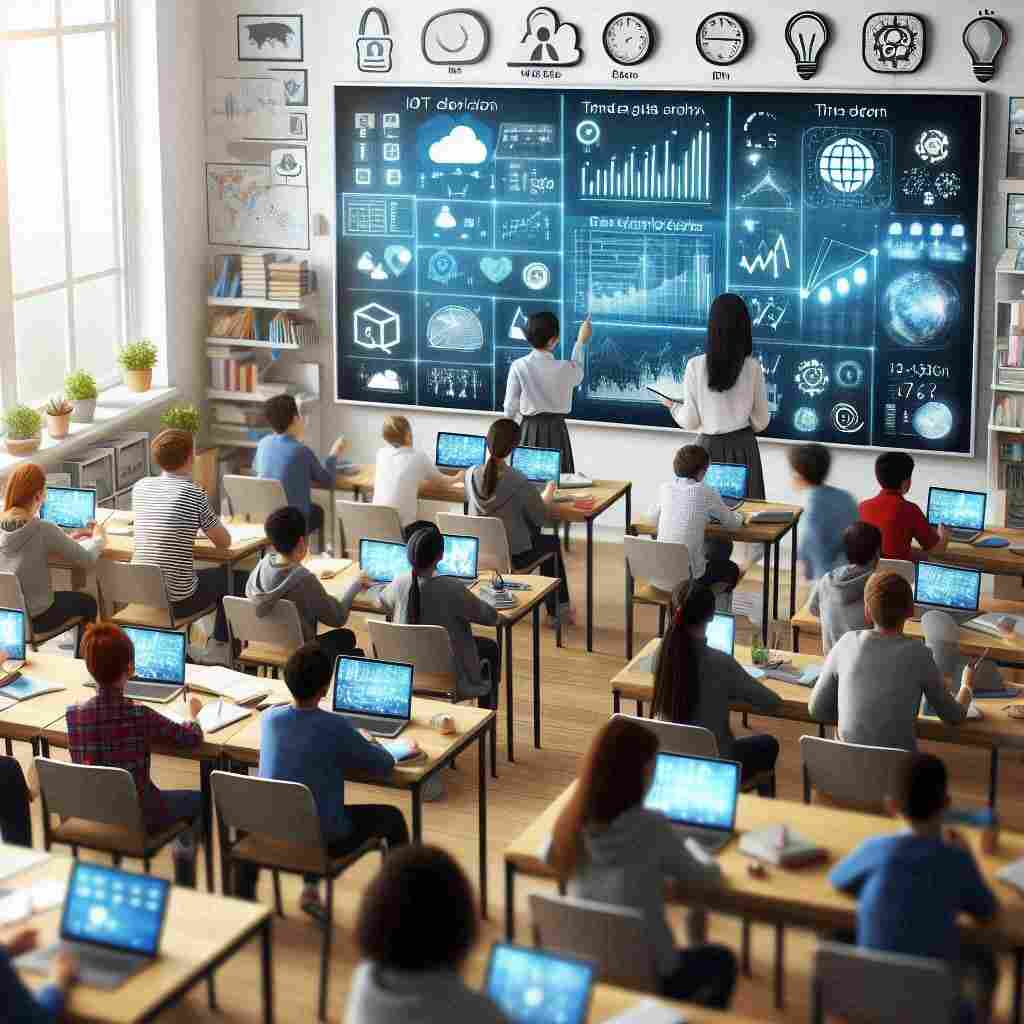
Data Analytics for Personalized Learning
With fast data transfer rates, educators can analyze student performance data in real-time. This information can be used to tailor lessons to meet individual student needs, promoting personalized learning experiences. For instance:
- If a particular student struggles with math concepts, educators can quickly identify this through analytics tools powered by 5G technology in education, allowing them to provide targeted support immediately.
Additionally, 5G enables schools to use advanced learning management systems that track student progress, participation, and engagement levels—empowering teachers to make informed decisions about instructional strategies.
Is 5G Technology Worth It?
When evaluating whether 5G technology in education is worth it, a cost-benefit analysis is essential.
Cost-Benefit Analysis
Costs
Implementing 5G technology involves significant upfront costs:
- Infrastructure Investment: Schools must invest in new infrastructure to support 5G networks. This includes upgrading existing hardware and possibly constructing new facilities equipped for advanced technologies.

- Device Upgrades: Existing devices may need upgrades or replacements to be compatible with 5G networks. Schools will need to budget for new tablets or laptops that support this advanced connectivity.
Benefits
Despite these costs, the benefits are substantial:
- Increased Efficiency: Faster internet speeds lead to more efficient teaching methods and improved student engagement. Teachers spend less time dealing with technical issues related to slow internet connections.
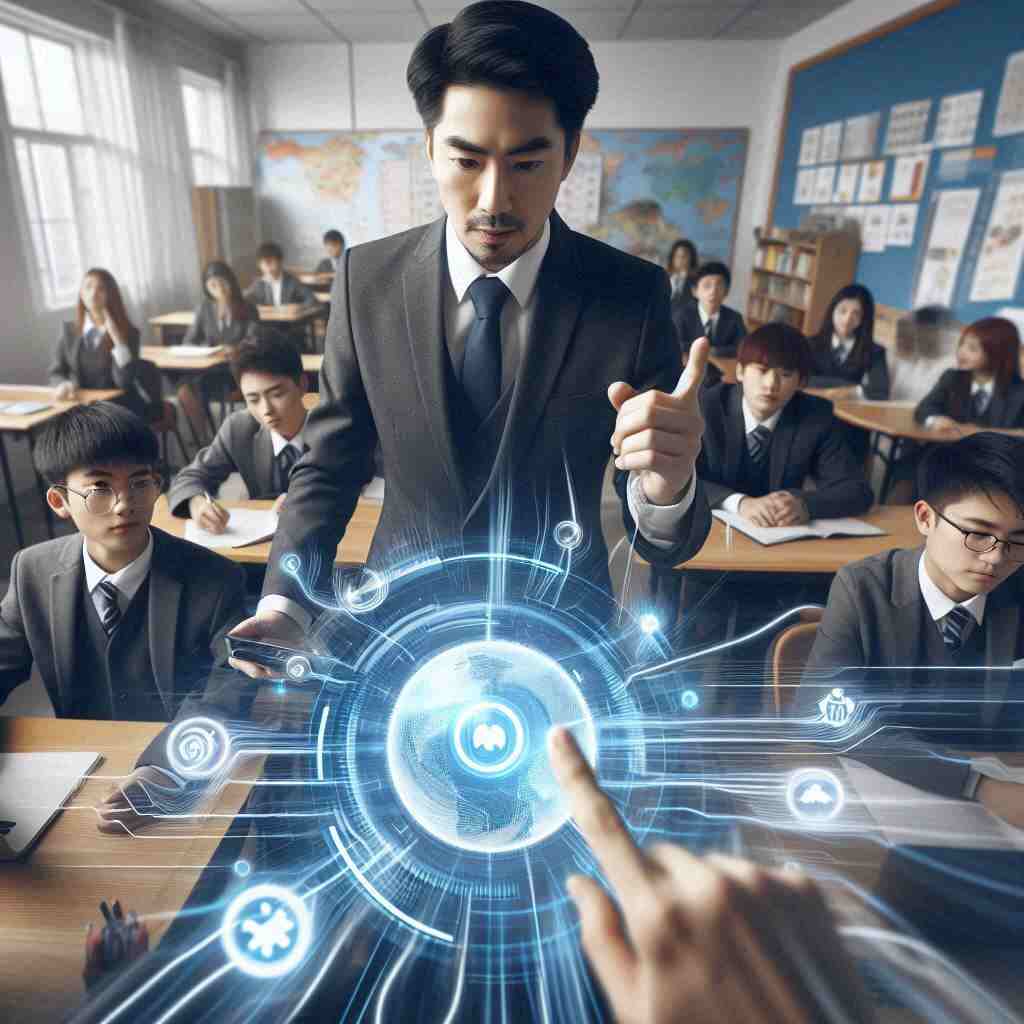
- Enhanced Learning Opportunities: Access to immersive technologies like VR and AR creates richer learning experiences that were previously unattainable with slower networks.
Long-Term Savings
While the initial investment may seem daunting, it is important to consider the long-term savings associated with 5G technology in education:
- Reduced Maintenance Costs: With advanced technology comes improved reliability, potentially lowering maintenance costs associated with older infrastructure.
- Increased Student Retention: Enhanced learning experiences can lead to higher student retention rates. Satisfied students are more likely to stay in school and pursue further education, ultimately benefiting educational institutions.
Real-World Examples
Several institutions are already reaping the benefits of 5G technology in education:
- University of Miami: the University of Miami has integrated 5G into its campus infrastructure, allowing students to access classes seamlessly from anywhere on campus. For more details on how schools are implementing 5G technology, read this case study from Ericsson.

- Ericsson’s Collaboration with NOS: In Portugal, high school students used a VR solution over a 5G network to visit a science museum remotely. This innovative approach demonstrated how distance learning can be made interactive through advanced technology.
- Verizon’s Education Initiatives: Verizon has partnered with various school districts across the United States to implement 5G solutions aimed at enhancing STEM education through hands-on projects using connected devices.
Case Studies of 5G Technology in Education
Case Study 1: The Virtual Classroom Experience
In a pilot program at a leading high school in California, 5G technology was implemented to enhance the virtual classroom experience. Teachers reported that:
- Student Engagement Increased by 30%: The ability to stream high-definition video content without buffering led to greater student interest during lessons.
- Fewer Technical Issues: Teachers noted that technical disruptions during online classes decreased significantly, allowing for smoother lesson delivery.
This case illustrates the direct impact of 5G technology in education on student engagement and overall classroom dynamics.
Case Study 2: Rural Education Initiative
In rural India, a non-profit organization partnered with a telecom provider to introduce 5G technology in remote schools. The results included:
- Access to Global Resources: Students gained access to online courses, educational videos, and international experts via video conferencing, previously inaccessible due to poor connectivity.
- Improved Learning Outcomes: Test scores in subjects like math and science improved by over 20%, showcasing how technology can bridge educational gaps in underserved communities.
Challenges and Considerations
Despite the promising future of 5G technology in education, there are challenges and considerations to address.
Equity and Accessibility
One of the primary concerns is ensuring equitable access to 5G technology. Students in underserved areas may not have the same access to 5G networks or compatible devices. Solutions may include:

- Public-Private Partnerships: Collaboration between educational institutions and telecom companies can help expand network coverage in rural or underserved areas.
- Device Lending Programs: Schools can establish programs to lend devices to students who do not have access at home, ensuring everyone can benefit from 5G technology.
Cybersecurity Risks
With increased connectivity comes the potential for cybersecurity risks. Schools must prioritize:
- Data Protection: Implementing robust cybersecurity measures to protect student data and privacy is crucial.
- Educating Students on Cybersecurity: Teaching students about safe online practices can help mitigate risks associated with increased connectivity.
The Future of 5G Technology in Education
As we look to the future, 5G technology in education will continue to evolve. Anticipated developments include:
AI Integration
The integration of artificial intelligence with 5G may lead to more sophisticated personalized learning experiences. For instance, AI-driven platforms could analyze student data in real-time to adapt lessons based on individual performance, further enhancing engagement and understanding.
Global Classrooms
5G technology has the potential to create global classrooms, where students from different parts of the world collaborate on projects in real-time. This fosters cross-cultural understanding and prepares students for a globalized workforce.
Expansion of Remote Learning
As 5G technology in education matures, we may see an even greater shift toward remote learning. Enhanced connectivity could support fully online degrees, making education more accessible for students regardless of their geographical location.
Conclusion
In conclusion, 5G technology in education offers immense potential to transform the educational landscape. From enhancing learning experiences with immersive technologies to improving collaboration and engagement, the benefits are substantial. While there are challenges to address, such as ensuring equitable access and safeguarding cybersecurity, the long-term advantages far outweigh the initial investment.
As we continue to navigate an increasingly digital world, the question is not whether 5G technology in education is worth it, but rather how quickly we can adopt and integrate it into our educational systems. Embracing 5G will not only prepare students for the future but also empower educators to deliver dynamic, engaging, and effective learning experiences.
By investing in 5G technology in education, we are investing in the future of our students and the world they will shape.

